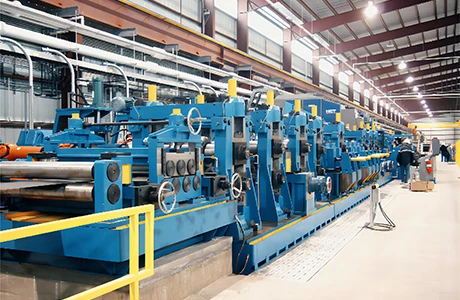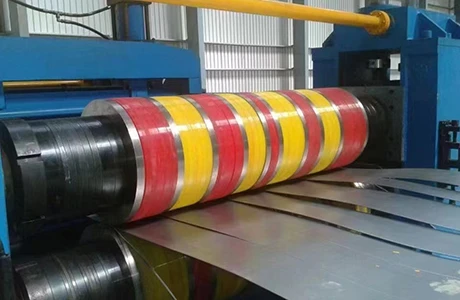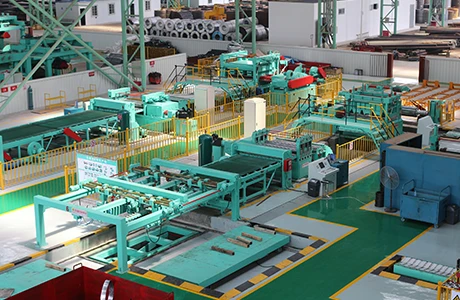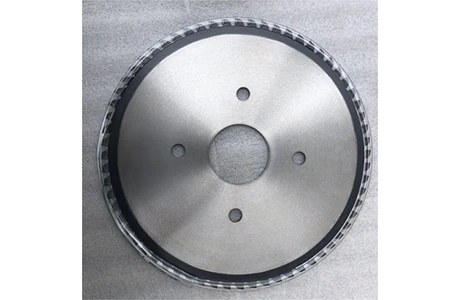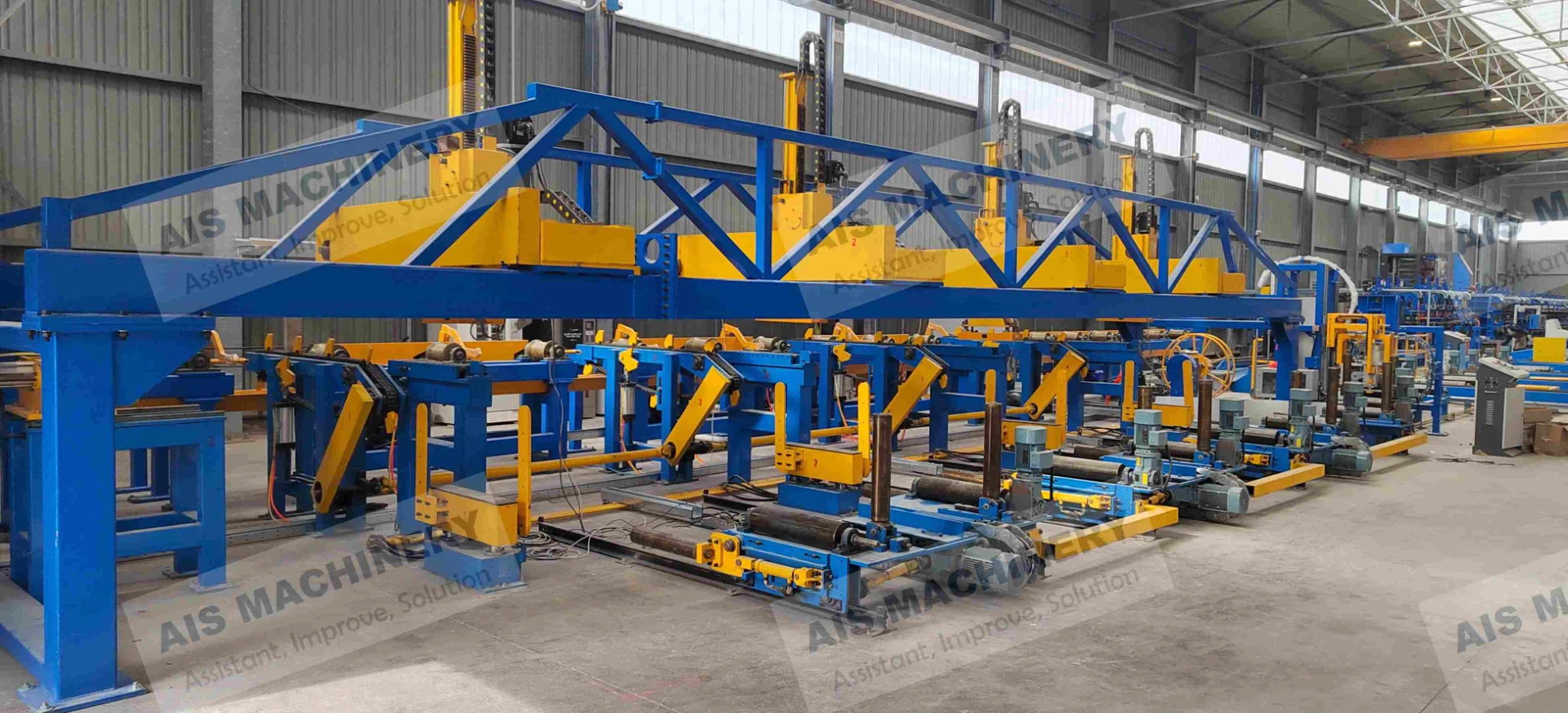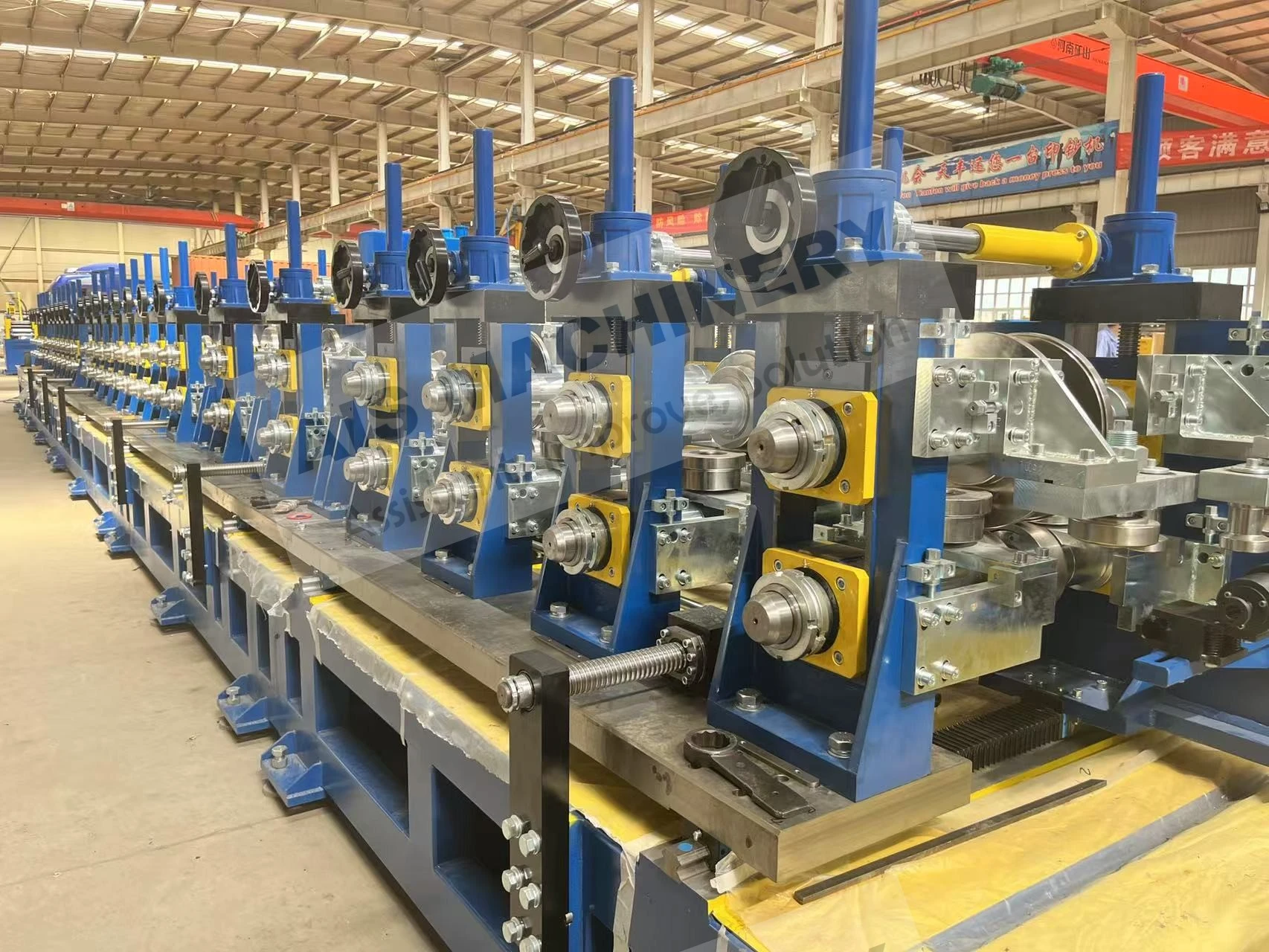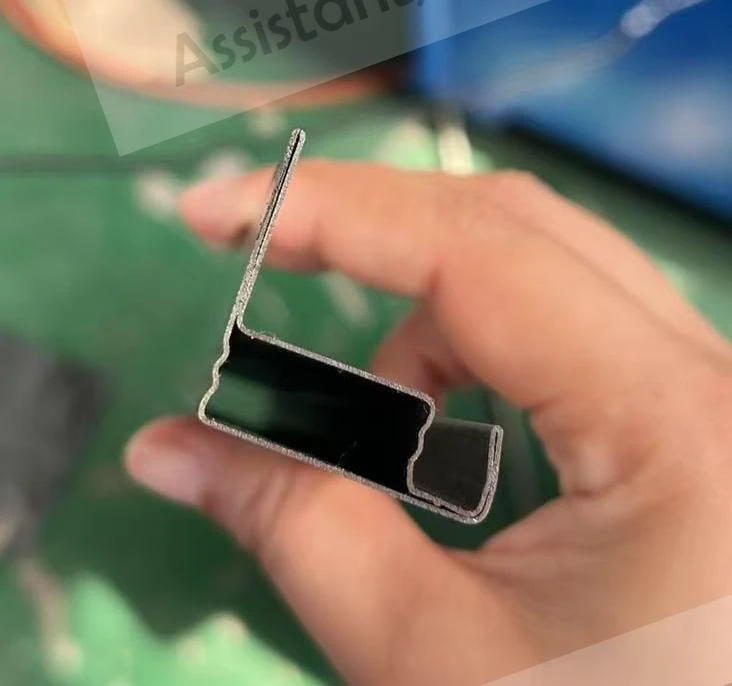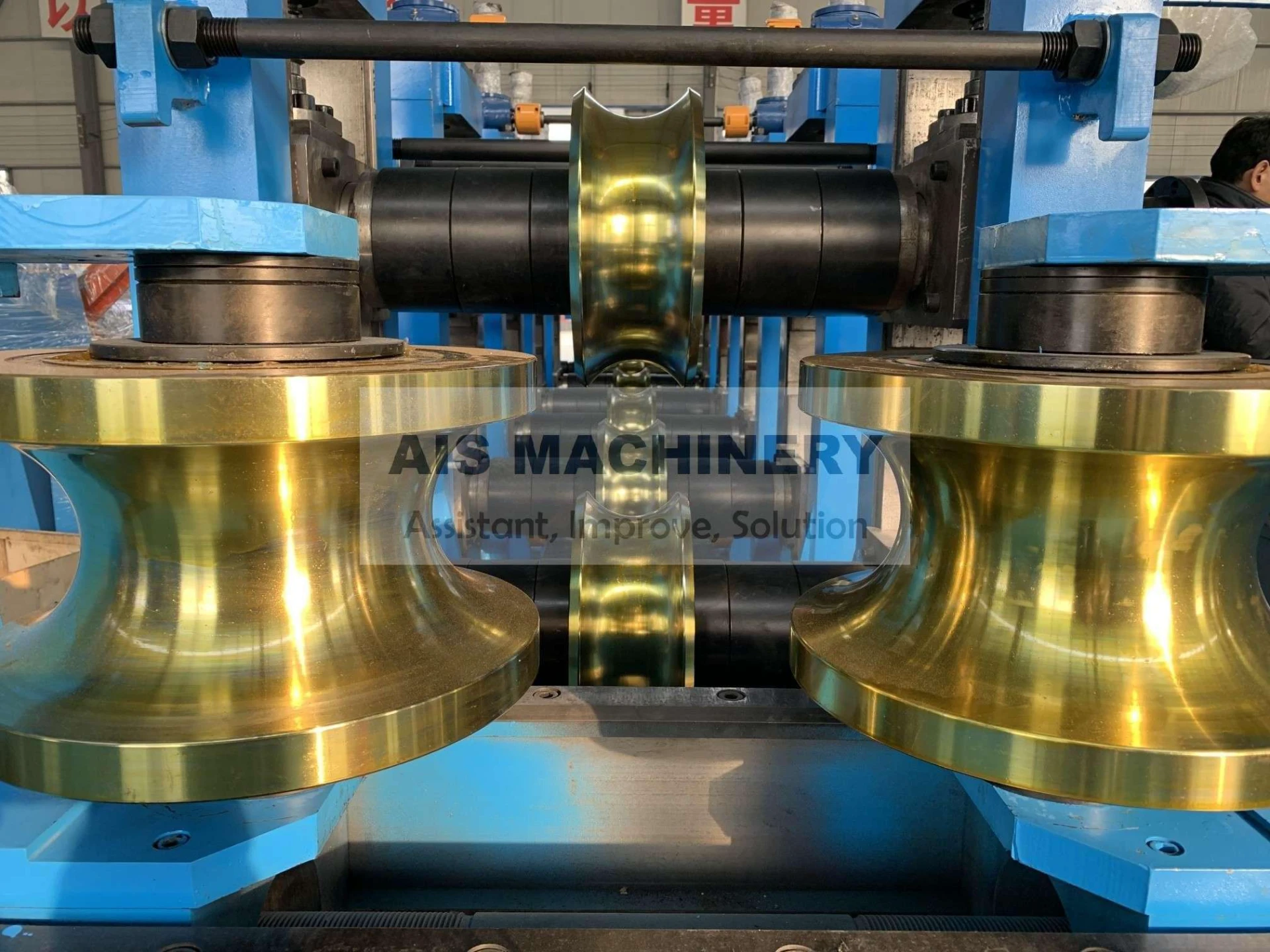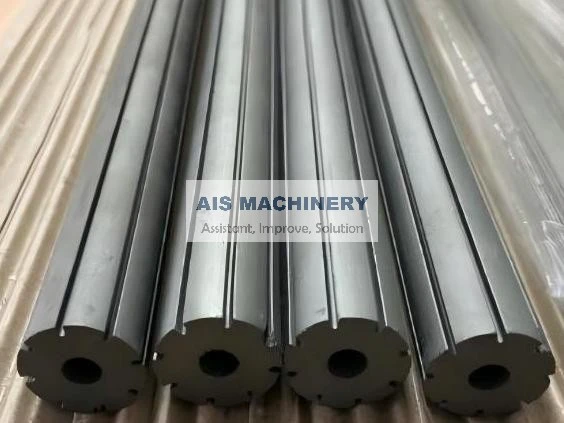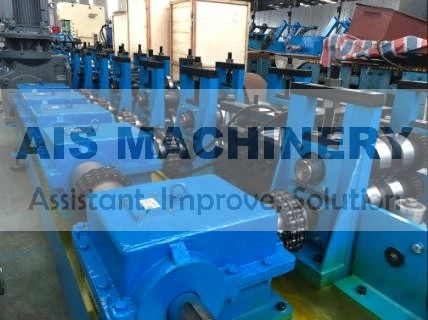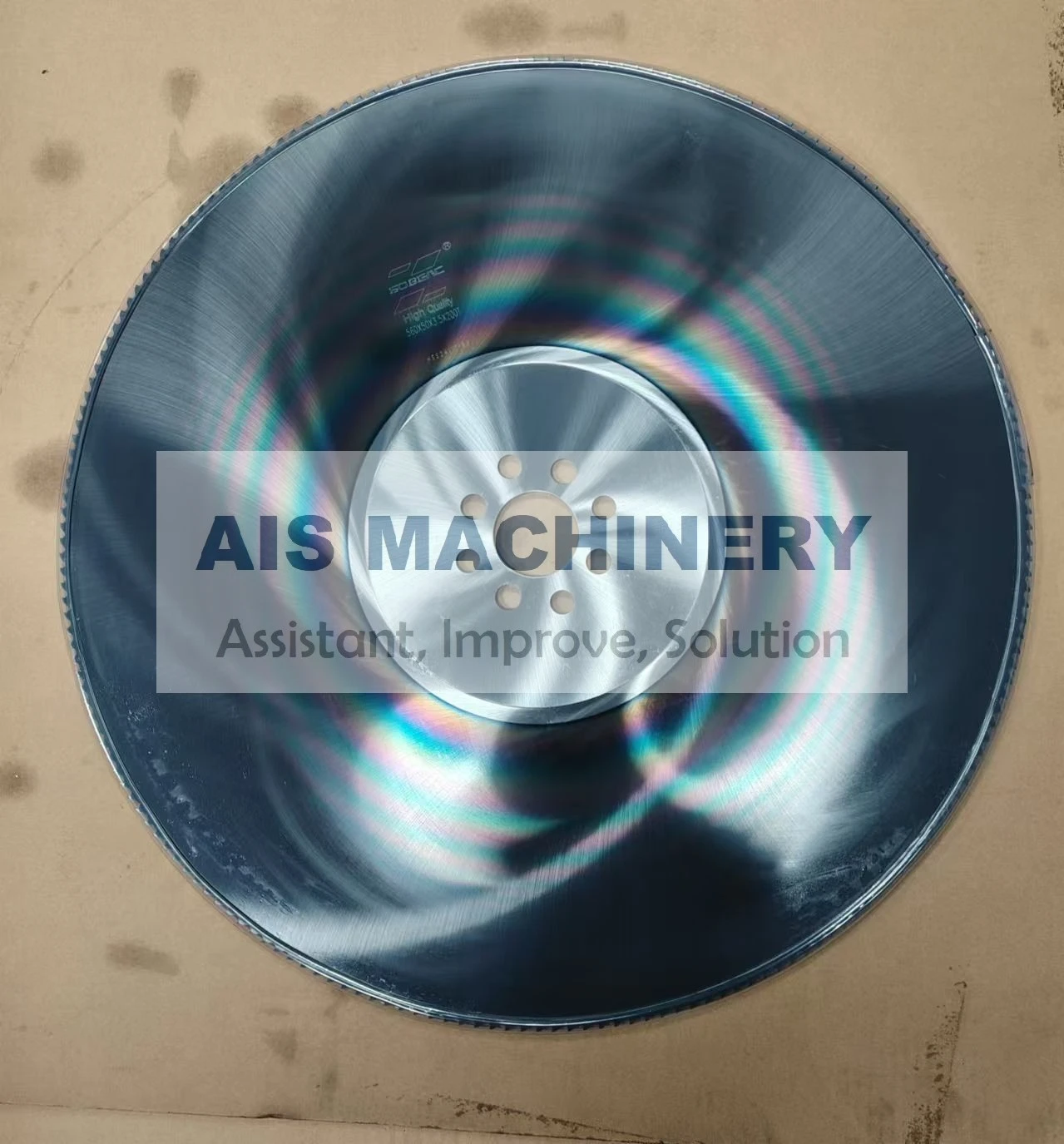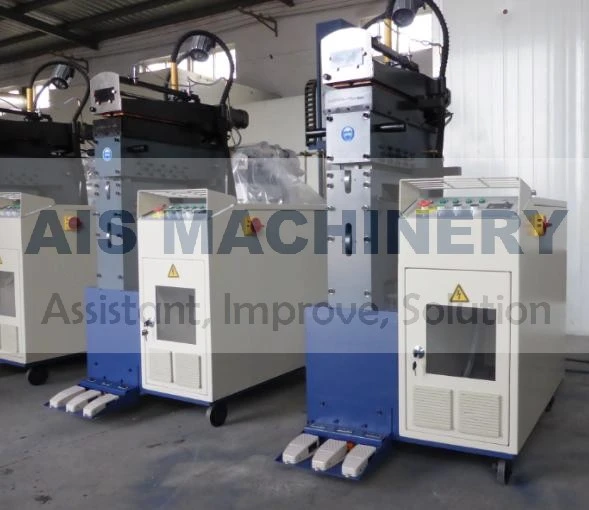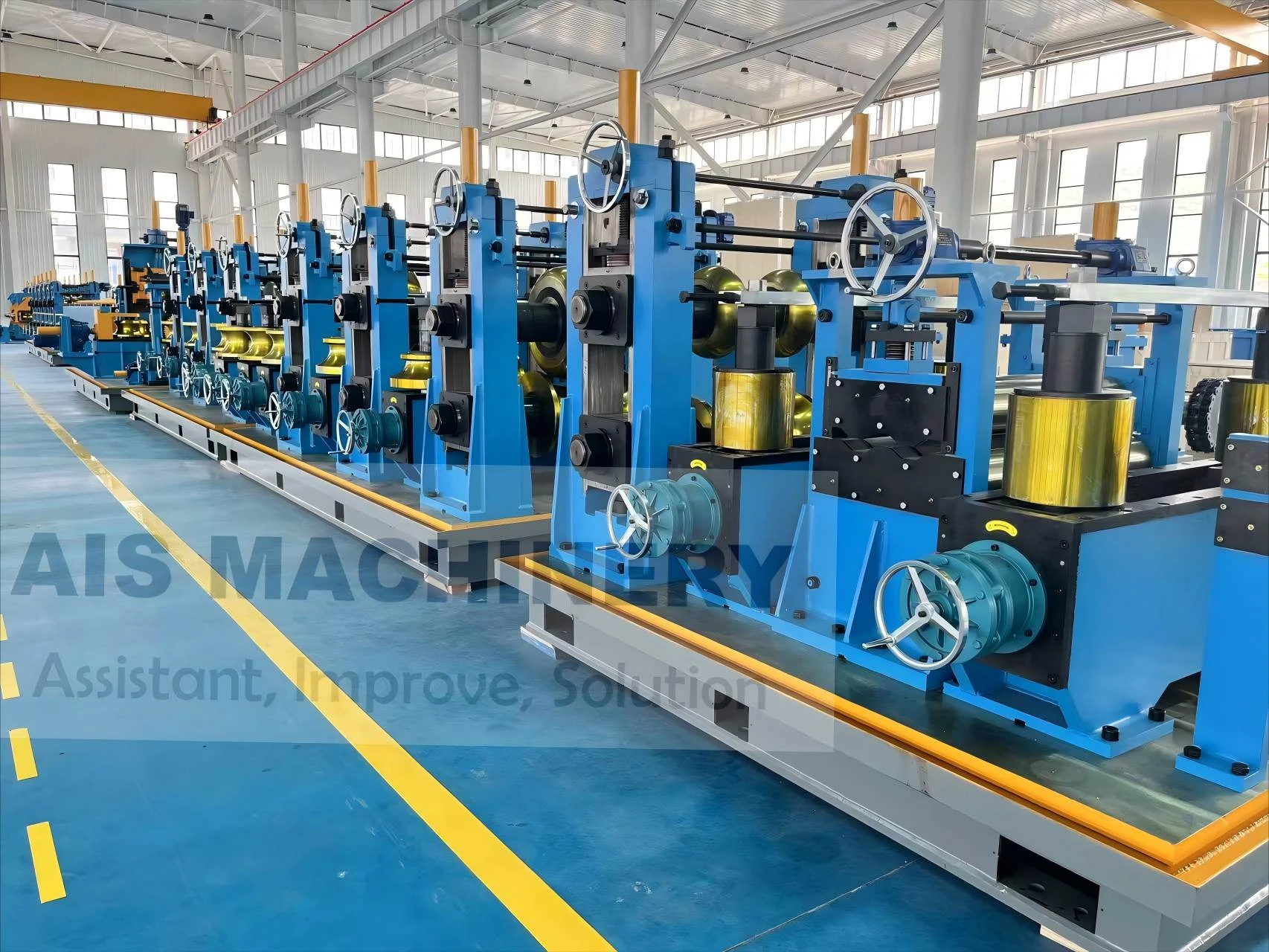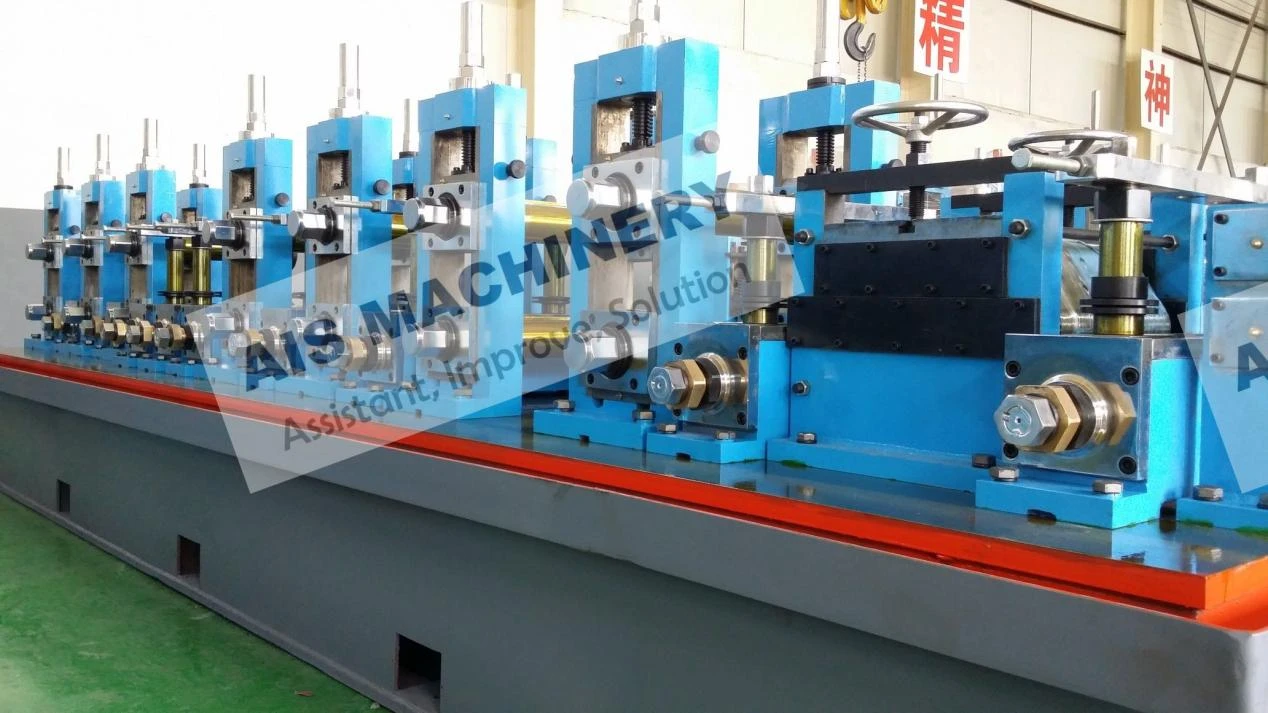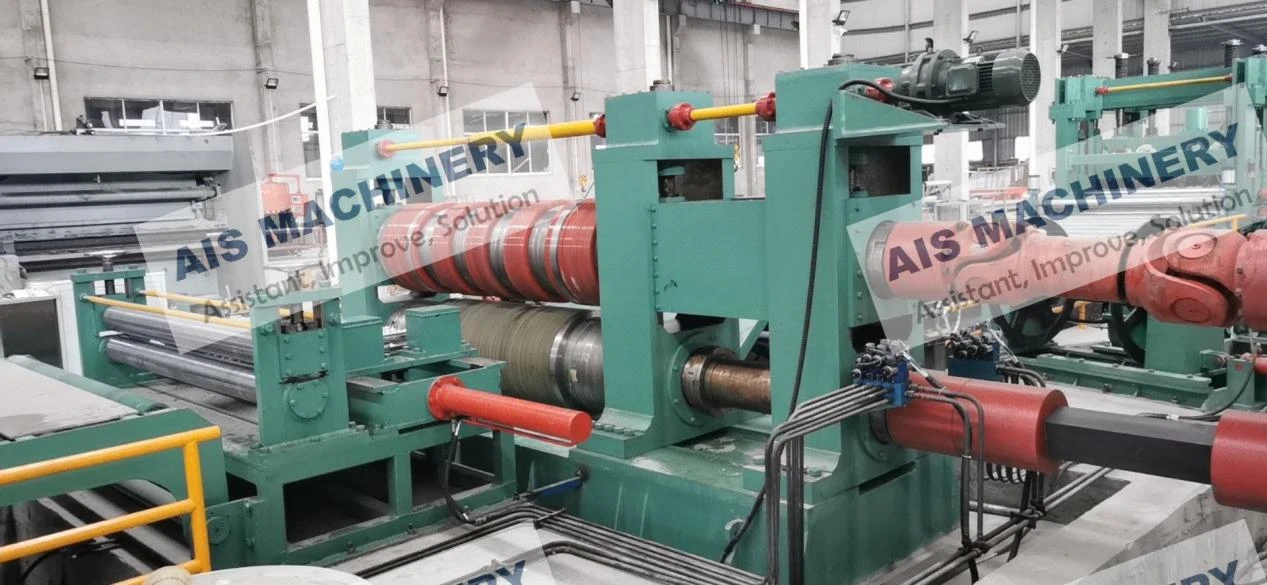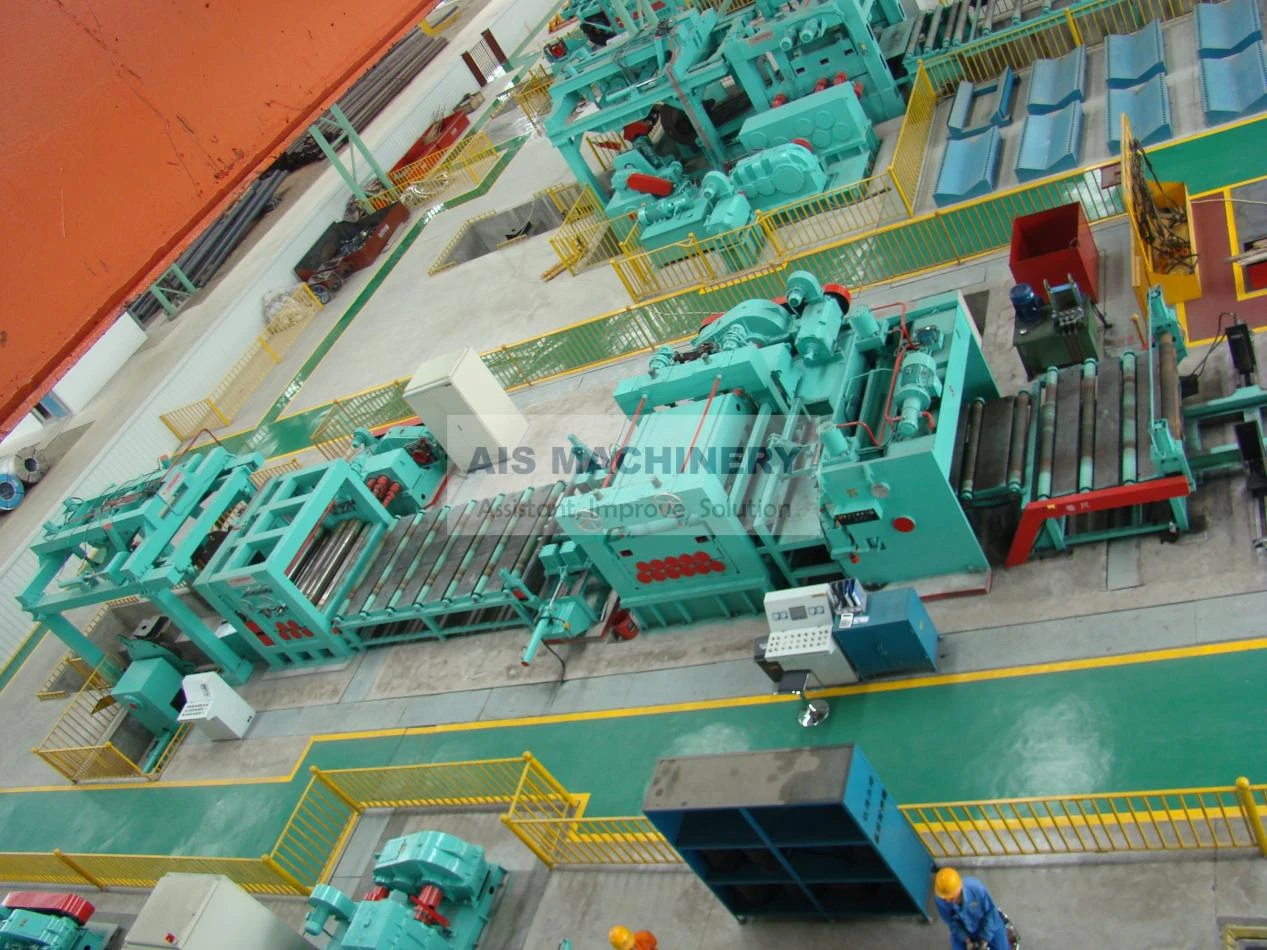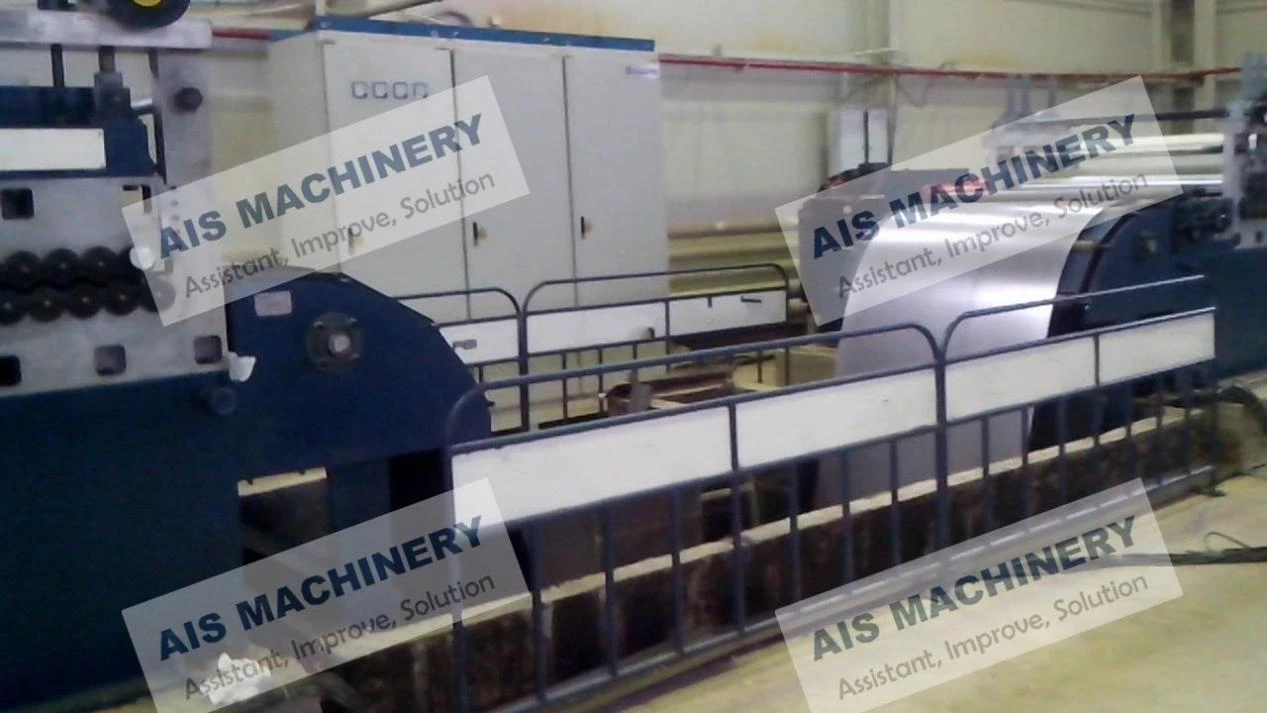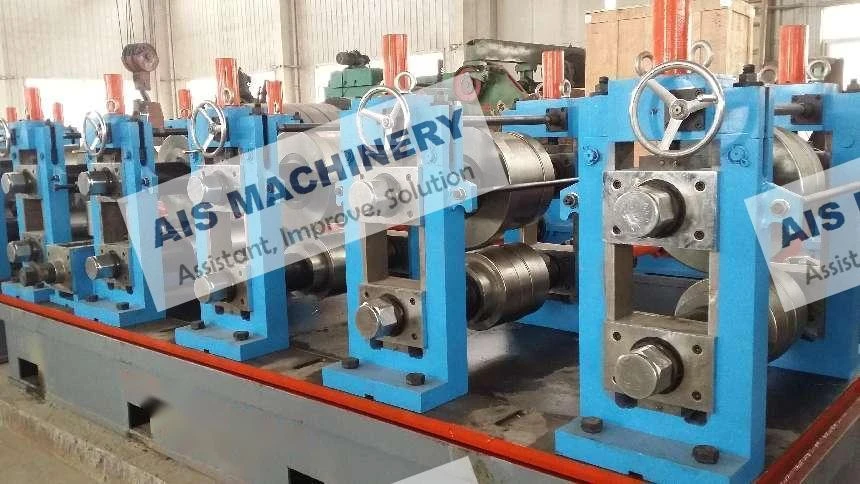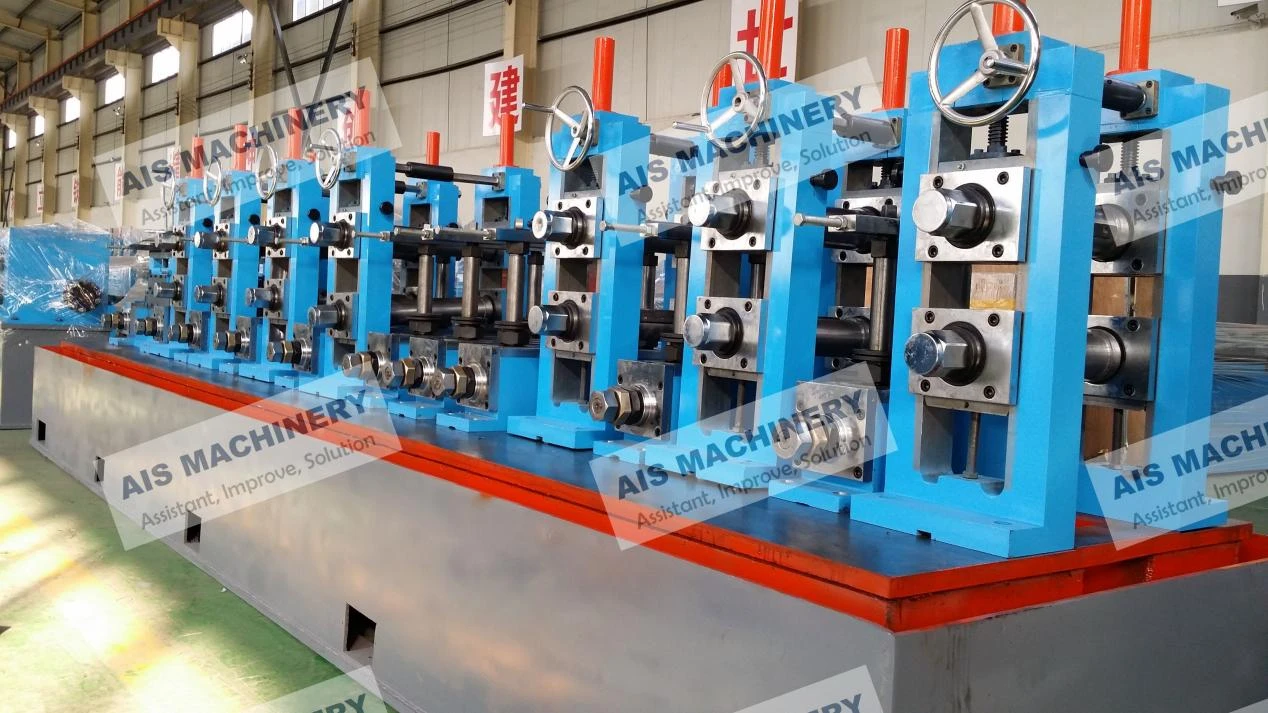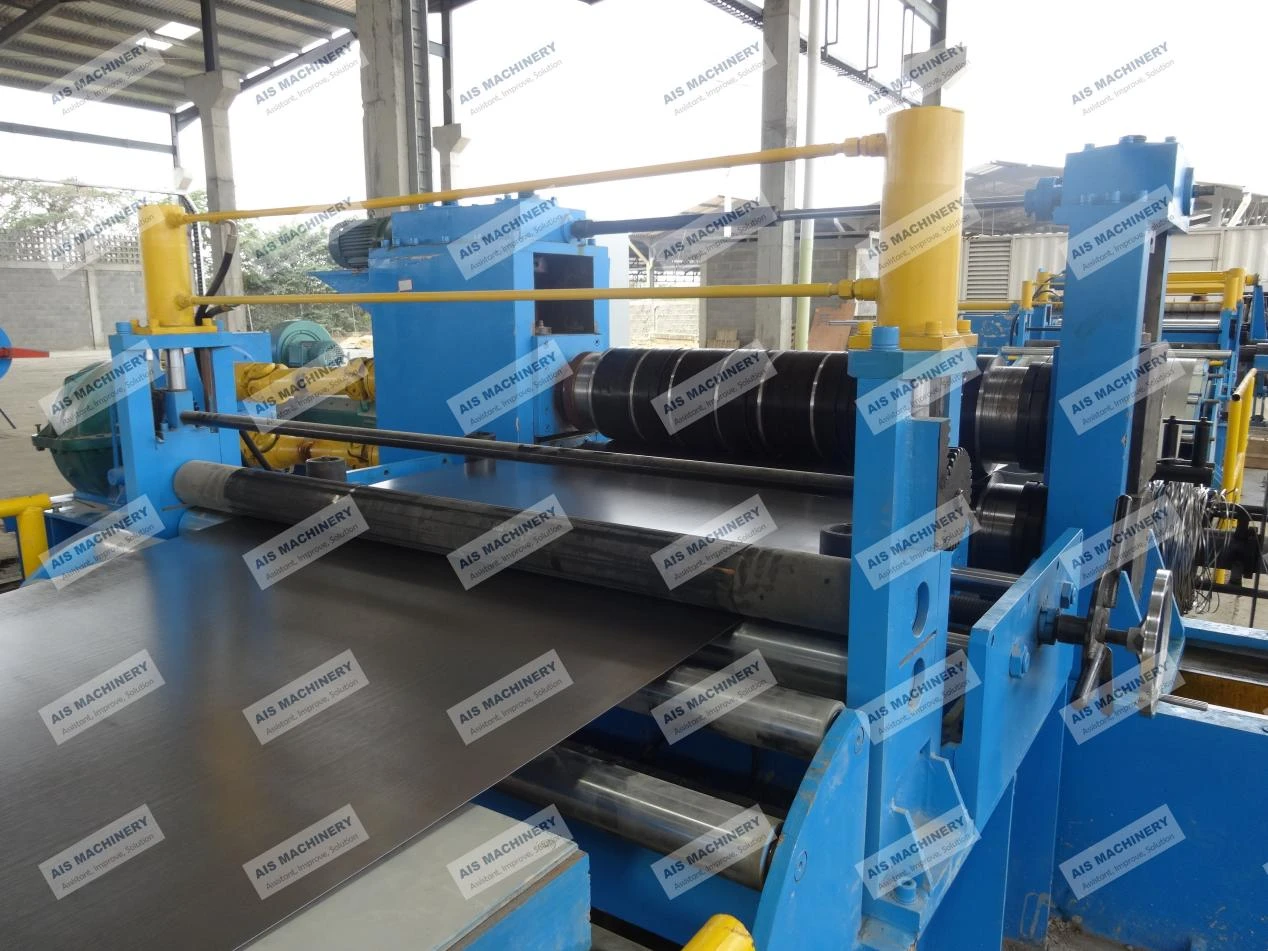-
 Tel:86-15176910262
Tel:86-15176910262
-

Search
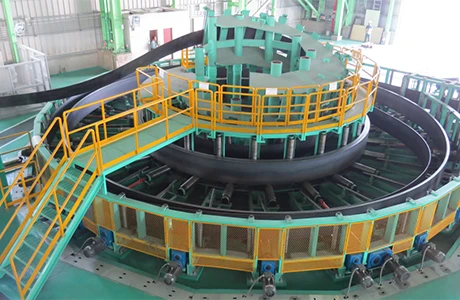
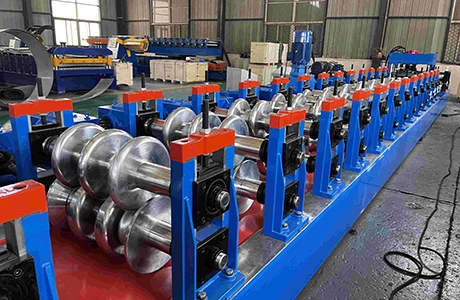
Crash Barrier Machine High-Speed Metal & SS Coil Slitting Solutions
Тра . 30, 2025 16:17
- Understanding the Technology Behind Crash Barrier Machines
- Performance Advantages Over Manual Fabrication Processes
- Industrial Application Spectrum Across Infrastructure Projects
- Technical Comparison of Leading Global Manufacturers
- Custom Engineering Solutions for Specialized Requirements
- Project Implementation Case Studies and Outcomes
- Operational Economics of Automated Barrier Production
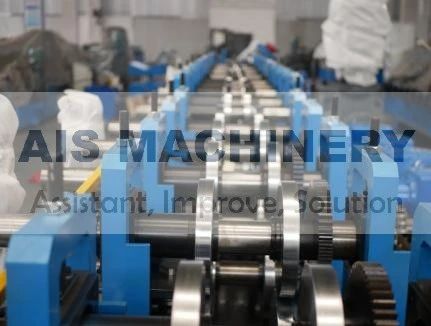
(crash barrier machine)
Understanding the Technology Behind Crash Barrier Machines
Modern highway safety depends on precisely engineered crash barrier systems manufactured through advanced roll forming processes. These automated production lines typically integrate uncoiling, leveling, punching, roll forming, and cutting operations into a continuous workflow. Contemporary models feature PLC-controlled servo systems achieving positioning accuracy within ±0.2mm, with hydraulic setups delivering 250-ton punching capacity for creating standardized anchor holes.
High-frequency welding subsystems ensure structural integrity at production speeds reaching 15 meters/minute. The operational sequence begins with coil loading where 3mm-8mm thick galvanized steel coils weighing up to 10 metric tons are positioned on powered mandrels. Material then progresses through precision straighteners removing coil memory before entering the forming section with 16-28 roll stands that progressively shape W-beam profiles according to EN 1317 certifications.
Performance Advantages Over Manual Fabrication Processes
Transitioning to automated barrier production yields quantifiable improvements across operational parameters. Fabrication facilities report 300% increased output compared to semi-automated operations, while material utilization rates exceed 98% through optimized nesting algorithms. Quality consistency improves dramatically with dimensional tolerances maintained within 0.5mm across 10,000+ units, eliminating the 12% rejection rate common in manual workshops.
Integrated non-destructive testing (NDT) modules perform real-time quality validation using ultrasonic thickness measurement and optical dimension verification. This technology integration reduces labor requirements by 65% while simultaneously enhancing workplace safety through enclosed moving parts and automated material handling. Production cost analysis demonstrates 28% reduction per linear meter despite higher initial equipment investment.
Industrial Application Spectrum Across Infrastructure Projects
Crash barrier manufacturing equipment serves critical roles in transportation infrastructure development globally. These systems produce standardized guardrails meeting regional specifications including U.S. MASH TL-3, European EN 1317, and Australian AS 3845 certifications. Beyond highway barriers, secondary production lines create roadside safety products like bridge rails, terminal sections, and crash cushions.
The same mechanical principles drive complementary metal processing machinery like coil slitting equipment used in upstream material preparation. Heavy-duty coil slitters process stainless steel and galvanized coils up to 6mm thickness with precision tolerances of ±0.1mm, directly feeding barrier production lines. Industrial slitting machinery enables customized width preparation essential for optimizing material usage in roll forming operations.
Technical Comparison of Leading Global Manufacturers
| Manufacturer | Production Rate | Thickness Range | Automation Level | Changeover Time | Power Consumption |
|---|---|---|---|---|---|
| Nordimpianti (Italy) | 18 m/min | 3-7mm | Full CNC | 25 min | 85 kW |
| ZSM Machinery (China) | 15 m/min | 2.5-8mm | Semi-Auto | 40 min | 65 kW |
| Samco Machinery (USA) | 12 m/min | 3-6mm | CNC Control | 35 min | 75 kW |
| Forming Technologies GmbH (Germany) | 20 m/min | 2.5-8mm | AI-Optimized | 18 min | 95 kW |
Performance variations reflect engineering priorities, with European manufacturers emphasizing precision and automation, while Asian counterparts focus on material versatility. Maintenance intervals span between 500-2,000 operating hours depending on component quality, directly impacting long-term operational expenditures.
Custom Engineering Solutions for Specialized Requirements
Industrial barrier projects frequently necessitate customized equipment configurations to address unique specifications. Manufacturers respond by offering modular designs featuring variable punching patterns and adjustable forming geometries. Recent innovations include quick-change cartridge systems that reduce profile conversion downtime from hours to minutes and retrofit options for existing production lines.
Specialized requirements span from corrosion-resistant components using 316L stainless steel for coastal environments to reinforced structural elements for seismic zones. Cold-forming technology maintains galvanized coatings without damage, extending product lifespan to 25+ years. Advanced facilities implement project-specific engineering including material testing protocols and third-party certification assistance.
Project Implementation Case Studies and Outcomes
The New South Wales Roads Authority documented a 34% installation acceleration following the commissioning of two automated barrier production lines. This implementation enabled daily output of 6.8 km of certified guardrail while reducing welding requirements by 87% through precision end-forming integration. Similarly, a Turkish infrastructure contractor reported €2.3 million annual savings after replacing semi-automated equipment with CNC-controlled roll forming systems.
Material preparation processes using high-capacity coil slitting machinery demonstrated 30% waste reduction for a Spanish highway project, processing 14,000 tonnes of galvanized steel annually. Downstream integration between slitting and roll forming operations minimized intermediate handling, contributing to an 18% overall production efficiency increase.
Operational Economics of Automated Crash Barrier Machine Production
A comprehensive ROI analysis for automated production systems demonstrates payback periods between 14-26 months for medium-to-large fabrication facilities. This calculation factors 60% reduction in direct labor costs, 15% energy savings from optimized drive systems, and 35% lower maintenance requirements through predictive monitoring technology. Production data reveals that operational availability exceeds 92% in properly maintained systems, generating 9,600+ linear meters of barrier daily.
Material yield optimization through precision manufacturing contributes significantly to profitability. Advanced nesting software minimizes scrap during punching operations, while coil end optimization features in coil slitting equipment increase raw material utilization beyond conventional industry standards. Together, these technological advancements establish automated barrier production as the economically and technically superior solution for modern infrastructure projects.
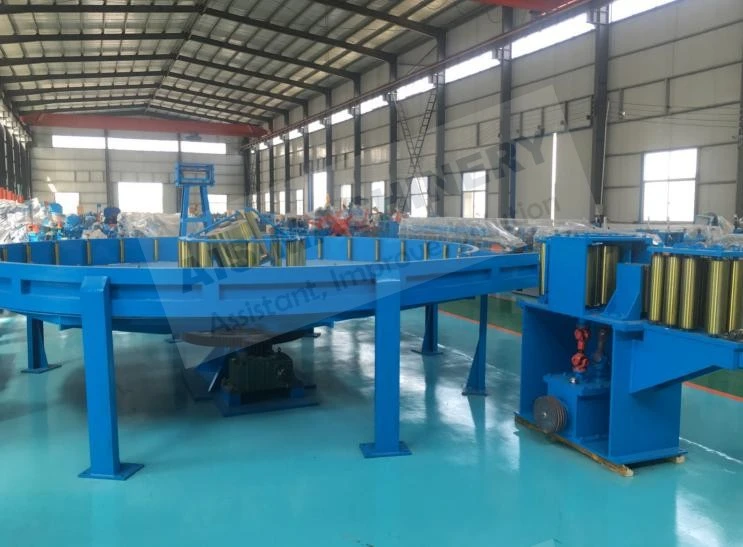
(crash barrier machine)
FAQS on crash barrier machine
Q: What is the primary function of a crash barrier machine?
A: A crash barrier machine manufactures metal guardrails used for road safety. It shapes and forms steel coils into barriers through rolling, punching, and bending processes.
Q: How does a metal coil slitter machine differ from an ss coil slitting machine?
A: A metal coil slitter handles general-purpose steel coils, while an ss coil slitting machine specializes in stainless steel. The latter requires higher precision and corrosion-resistant components for durability.
Q: What maintenance is required for an ss coil slitting machine?
A: Regular blade sharpening, lubrication of moving parts, and debris removal are essential. Stainless steel processing demands frequent cleaning to prevent contamination and ensure smooth operation.
Q: Why choose a crash barrier machine over manual fabrication?
A: It ensures consistent quality, high-speed production, and compliance with safety standards. Automated processes reduce labor costs and minimize human error in barrier manufacturing.
Q: What are key features to look for in a metal coil slitter machine?
A: Prioritize adjustable slitting widths, precision alignment systems, and durable blades. Robust tension control and user-friendly interfaces also enhance efficiency and output quality.
Related Products
Related News
Send a Message
Dear customer, thank you for your attention! We provide high-quality machinery and equipment and look forward to your orders. Please inform us of your needs and we will respond quickly!

